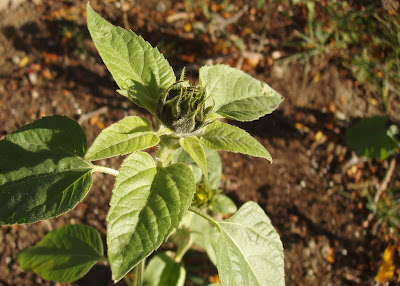
Including knapsack, it all weighs 43 1/2 pounds. I think that's pretty good for an all-inclusive pack. I wore it around the house, and it actually doesn't feel too heavy - the knapsack fits really well and the belly strap takes the weight down into my legs.
I am sure I could shed 5 - 10 pounds of the load if I was to be ruthless - but I think I'll be fine. For a 4 day trip, this is not bad. I brought cans of tuna, meat and stew and had I bought (expensive) freeze-dried meals, I could easily lose 6 to 7 pounds of the load.
Anyway, 43 1/2 pounds. Not bad! Up in Northern Ontario, with the supplies I have, I could live for a month alone in the woods. Just as long as I was able to catch fish and forage for the right plant foods and do some deadfall trapping.

It wouldn't be that tricky. At work we have a 1-mile track around the campus. It leads through some overgrown wild(ish) areas of Scarborough, Ontario. I have been walking this with a colleague over the past few days to get a bit of exercise and to decompress from work somewhat. Over the past week, I have eaten Bee balm, wild carrot, wild grape, rosehips, wild onions, dandelion leaves (but not the root - but I could have), plantain leaves (but not the root - but I could have), and could have but didn't eat cat tail shoots and cook up the rhizomes. The most thrilling discovery (and I infrequently use the word thrilling, so please make note of the importance of such a term) was that the wild carrot root, although fibrous and pale and gritty, tasted just like, well - it tasted like an amazing tasting carrot. With a little celery flavour mixed in as well. It was as thick as my index finger, and I figure that I could have dug up a dozen or more of them in the area where the first one was. That would make a meal - boiled or roasted up, there would be more starches and sugars made available. Better than the cafeteria food on some days.
My point being, if I can find these wild foods on a scratchy trail leading past discarded industrial equipment and under chicken gravel paths, then I am quite sure that I would be equally or more successful in the boreal forest.
Cheers,
Mungo


































































.JPG)

